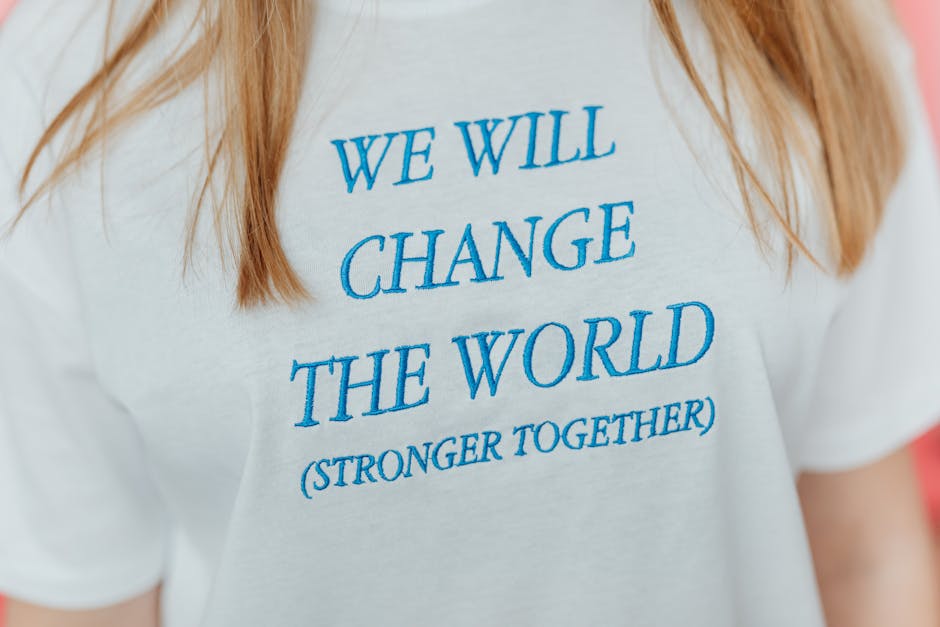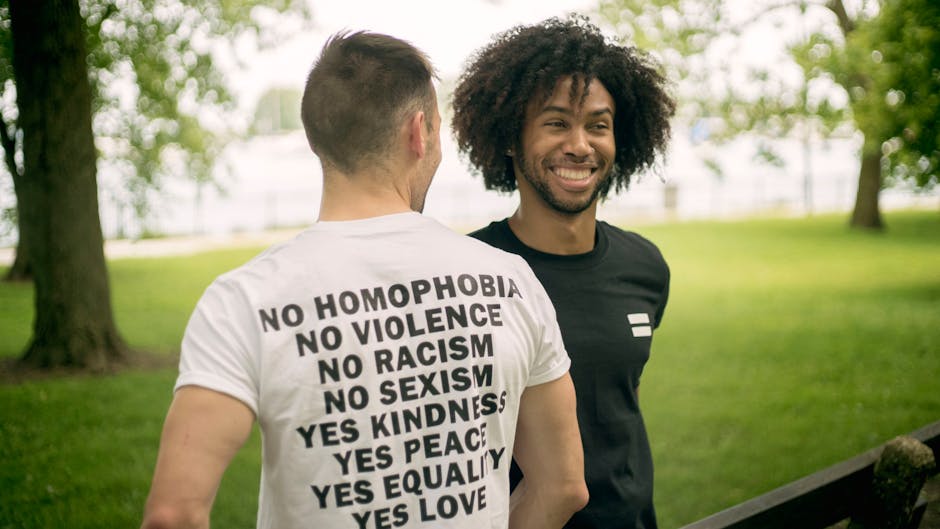Exploring Style Advocacy Movements: A Comprehensive Guide
Welcome to the world of style advocacy movements, where fashion meets activism, and clothing becomes a powerful medium for social change. In today’s society, fashion is not just about looking good; it’s about making a statement, challenging norms, and advocating for causes that matter. From sustainable fashion to body positivity, style advocacy movements are reshaping the fashion industry and influencing the way we think about clothing. In this in-depth guide, we will delve into the various aspects of style advocacy movements, exploring their history, impact, and future trends.
The Rise of Style Advocacy Movements

Style advocacy movements have been gaining momentum in recent years, fueled by a growing awareness of environmental issues, social justice concerns, and body image issues. These movements seek to use fashion as a tool for empowerment, self-expression, and activism. Whether it’s promoting ethical and sustainable practices in the fashion industry or challenging beauty standards, style advocacy movements are pushing boundaries and sparking important conversations.
Historical Background

The roots of style advocacy movements can be traced back to the early 20th century when women started challenging traditional gender roles through their clothing choices. The suffragettes, for example, used fashion as a form of protest, wearing colors and symbols that represented their fight for women’s rights. In the 1960s, the hippie movement embraced a more relaxed and natural approach to fashion, rejecting mainstream consumerism and promoting peace and love.
Fast forward to the present day, and style advocacy movements have evolved to encompass a wide range of causes and issues. From the slow fashion movement to the body positivity movement, these movements are driven by a desire to create a more inclusive, sustainable, and ethical fashion industry.
The Impact of Style Advocacy Movements

Style advocacy movements have had a profound impact on the fashion industry, prompting brands to rethink their practices and consumers to make more conscious choices. The rise of sustainable fashion, for example, has led to a growing demand for eco-friendly and ethically produced clothing. Major fashion companies are now under pressure to improve their supply chain transparency and reduce their environmental footprint.
Similarly, the body positivity movement has challenged traditional beauty standards and promoted a more inclusive representation of bodies in the media. Plus-size models, diverse casting, and campaigns celebrating body diversity have become more common, signaling a shift towards a more accepting and diverse fashion landscape.
Current Trends and Future Directions

Looking ahead, the future of style advocacy movements is bright, with new trends and initiatives emerging to address pressing social and environmental issues. One of the key trends to watch is the rise of upcycling and circular fashion, which focuses on repurposing and recycling old clothing to reduce waste and promote a more sustainable fashion cycle.
Another important development is the growing intersectionality of style advocacy movements, where different causes and communities come together to amplify their voices and create lasting change. For example, the intersection of race, gender, and fashion is increasingly being explored through initiatives that aim to promote diversity and inclusivity in the industry.
Expert Opinions
To gain further insight into the world of style advocacy movements, we reached out to several experts in the field for their perspectives on the topic.
Dr. Jane Smith, a fashion historian and professor at the Fashion Institute of Technology, shared, “Style advocacy movements are reshaping the fashion industry in profound ways, challenging long-held conventions and inspiring a new generation of designers and consumers to think differently about clothing.”
Dr. Michael Johnson, a sustainability expert and consultant for major fashion brands, added, “The future of fashion lies in sustainability and ethical practices. Style advocacy movements are leading the way in promoting a more responsible and conscious approach to fashion production and consumption.”
Common Misconceptions
Despite their growing popularity, style advocacy movements are often misunderstood or misrepresented in the media. One common misconception is that sustainable fashion is only for the wealthy or privileged. In reality, there are many affordable and accessible options for consumers who want to support ethical and sustainable brands.
Another misconception is that style advocacy movements are only focused on clothing and appearance. While fashion is a central component of these movements, they also address broader social, environmental, and ethical issues that affect the industry as a whole.
Conclusion
To wrap things up, style advocacy movements are more than just a passing trend; they are a powerful force for change in the fashion industry and beyond. By advocating for sustainability, inclusivity, and social justice, these movements are reshaping our understanding of style and challenging us to think more critically about the clothes we wear.
As we look to the future, it’s clear that style advocacy movements will continue to play a vital role in shaping the fashion landscape and promoting a more ethical and sustainable industry. So, whether you’re a designer, a consumer, or simply someone who loves fashion, there’s never been a better time to get involved and support the causes that matter most to you.




